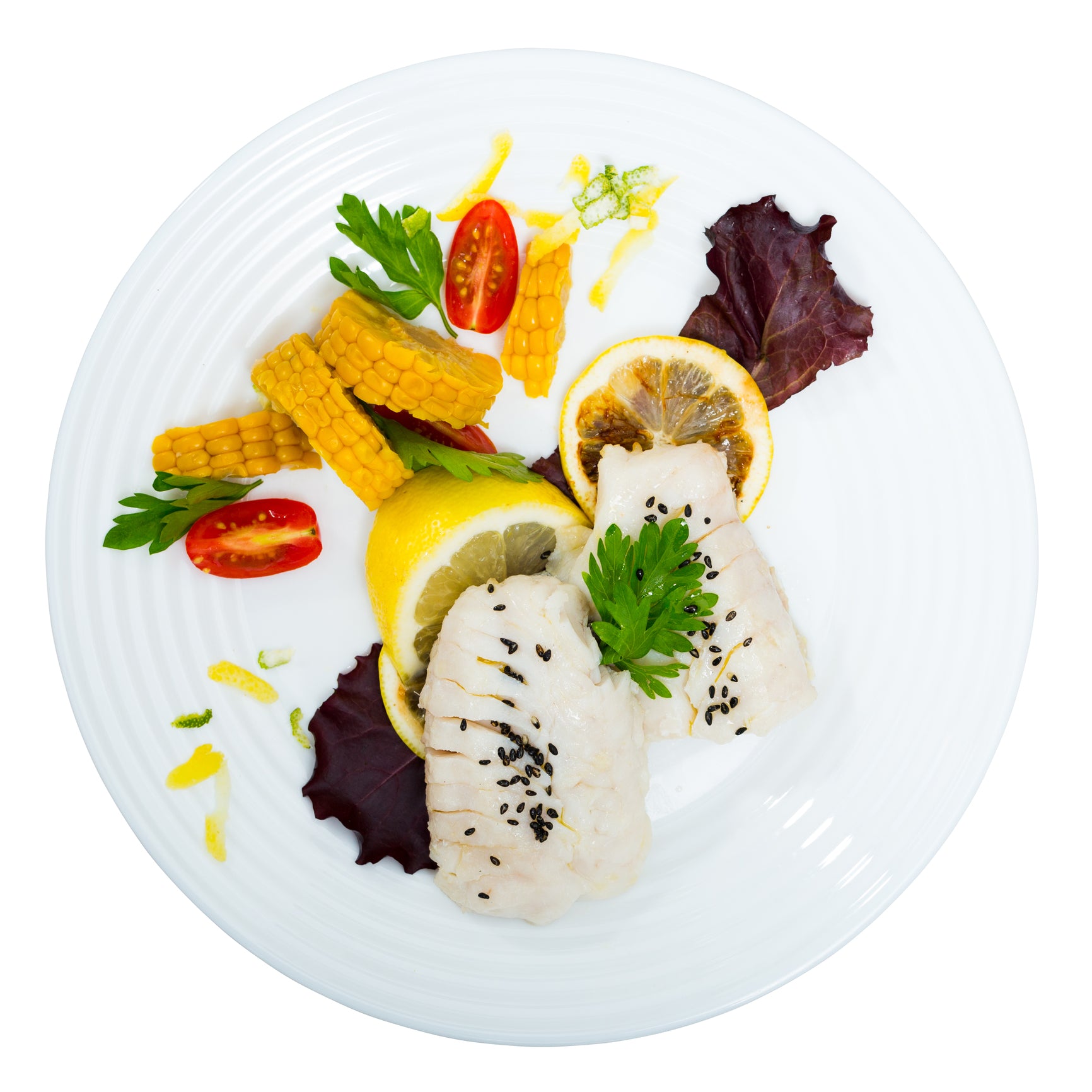Pacific Whiting Fish: Everything You Need to Know

Pacific Whiting Fish
Pacific whiting is a type of fish found along the west coast of North America, from Alaska to California. Also known as hake, this fish is popular for both commercial and recreational fishing. In this blog post, we'll cover everything you need to know about Pacific whiting, from its history and habitat to its nutritional value and cooking methods.
History of Pacific Whiting Fishing
Pacific whiting has been fished for centuries by Native American tribes along the west coast of North America. However, commercial fishing for Pacific whiting did not begin until the 1930s when the first processing plants were built in the Pacific Northwest. Today, Pacific whiting is one of the most important commercial fisheries in the region, with millions of pounds of the fish caught and processed every year.
Habitat of Pacific Whiting
Pacific whiting is found in the cold waters of the Pacific Ocean, from Alaska to California. It is a migratory fish, moving north in the summer and south in the winter. Pacific whiting is found at depths of up to 600 meters and is often caught using trawl nets. The fish's migratory patterns and deep-sea habitat make it a challenging yet rewarding catch for fishermen.
Fishing Season and Vessels
The fishing season for Pacific whiting typically runs from April through November. During this time, commercial fishing vessels, including large trawlers, are equipped with bottom and midwater trawl nets to catch the fish. These vessels are designed to handle the rough seas and deep waters where Pacific whiting is found. The use of advanced sonar and GPS technology allows fishermen to locate large schools of whiting, ensuring efficient and sustainable harvesting practices.
Nutritional Value of Pacific Whiting
Pacific whiting is a healthy and nutritious fish, with a high protein content and low levels of fat. It is also a good source of omega-3 fatty acids, which have been shown to have numerous health benefits, including reducing the risk of heart disease and stroke. Additionally, Pacific whiting is rich in vitamins and minerals, including vitamin D, vitamin B12, and selenium.
Nutritional Breakdown per 3.5-ounce (100-gram) Serving:
- Calories: Approximately 90-100
- Protein: 20 grams
- Fat: 1 gram
- Omega-3 Fatty Acids: 300-500 milligrams
- Vitamin D: 20% of the recommended daily intake
- Vitamin B12: 25% of the recommended daily intake
- Selenium: 35% of the recommended daily intake
Cooking Methods for Pacific Whiting
Pacific whiting is a versatile fish that can be cooked in various ways. Its mild, sweet flavor pairs well with a range of seasonings and sauces. Here are some popular cooking methods:
- Baking: Season the fish with herbs, spices, and a drizzle of olive oil, then bake at 375°F (190°C) for 15-20 minutes until the flesh is opaque and flakes easily with a fork.
- Grilling: Marinate the fish in a mixture of lemon juice, garlic, and olive oil, then grill over medium heat for 3-4 minutes per side.
- Frying: Coat the fish in a light batter or breadcrumbs and fry in hot oil until golden brown and crispy.
- Broiling: Brush the fish with a mixture of butter and herbs, then broil for 4-5 minutes on each side.
- Fish Tacos: Grill or fry the fish, then serve in tortillas with fresh salsa, avocado, and a squeeze of lime.
- Chowder: Add chunks of Pacific whiting to a creamy broth with potatoes, onions, and corn for a hearty soup.
Where to Find Pacific Whiting for Sale
Pacific whiting can be found at specialty seafood markets and some online retailers. For high-quality Pacific whiting and other seafood products, visit Global Seafoods.
Additionally, you can explore other premium seafood options such as Pacific Cod Fillets, Lingcod Fillets, and Alaskan Pollock Fillets.
FAQs
Is Pacific whiting a sustainable fish? Yes, Pacific whiting is a sustainable fish. The fishery is closely monitored by government agencies to ensure that it is fished in a responsible and sustainable manner.
Is Pacific whiting safe to eat? Yes, Pacific whiting is safe to eat. It is low in mercury and other contaminants, making it a healthy choice for seafood lovers.
How do I know if Pacific whiting is fresh? When buying Pacific whiting, look for fish that has bright, clear eyes, firm flesh, and a fresh, mild smell. Avoid fish that has dull eyes, soft flesh, or a strong odor.
Can I freeze Pacific whiting? Yes, Pacific whiting can be frozen. Wrap the fish tightly in plastic wrap or aluminum foil and store it in the freezer for up to three months.
What dishes can I make with Pacific whiting? Pacific whiting is versatile and can be used in a variety of dishes, including fish tacos, chowders, grilled fish fillets, and fish and chips.
Conclusion
Pacific whiting is a delicious and sustainable fish that is popular among commercial and recreational fishermen alike. Its mild, sweet flavor and versatile cooking options make it a favorite among seafood lovers. Whether you're a seasoned fisherman or a seafood enthusiast, Pacific whiting is definitely a fish worth trying.
For high-quality Pacific whiting and other seafood products, visit Global Seafoods.
Also in News

How to Make Sea Bream Sushi With Dry-Aged Tuna & Crab Roll — Step-by-Step With Chef Joshua
A complete guide to making Sea Bream sushi at home, including filleting, curing, slicing, and building a Dry-Aged Tuna & Crab sushi roll. Chef Joshua shares professional tips for restaurant-quality results.

Boiled Crab for Game Night: Everything You Need for a Perfect Seafood Party
Take your game night to the next level with a Boiled crab party. Learn the best recipes, cooking tips, and hosting hacks for a memorable seafood feast.

Boiled Crab for Date Night: A Romantic Guide to the Perfect Seafood Feast
Make your next date night unforgettable with a romantic Boiled crab experience. This guide covers everything you need to know, from ambiance to the best crab varieties.

